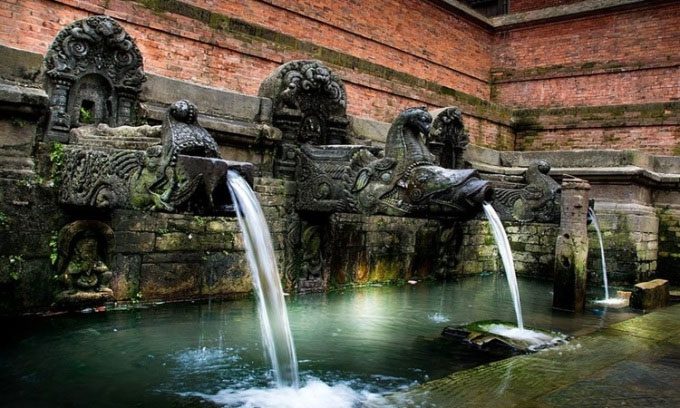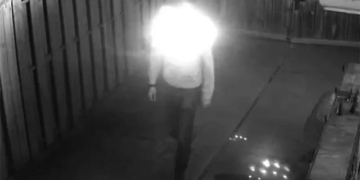The fountains are connected to shallow reservoirs and channels that carry water from springs or underground aquifers, providing abundant water supply for the people of Nepal.
The country of Nepal, located between India and Tibet, has a remarkably rich drinking water supply system, dating back at least to the 5th century. One of its most impressive features is the intricately carved stone fountains known as dhunge dhara or hiti, which resemble the mythical sea creature makara in Hindu mythology. Although dhunge dhara may not be as grand as the aqueducts of ancient Rome, the ingenious technology that delivers water to these fountains is equally impressive, according to Interesting Engineering.

Fountains at the Manga Hiti structure, Patan. (Photo: Wikimedia).
Dhunge dhara first appeared during the Licchavi Kingdom (400 – 750 AD). Some scholars suggest that similar systems may have existed even earlier and that the Licchavis simply organized and enhanced the aesthetic form of pre-existing structures. In Nepalese culture, offering water to the deities is considered a commendable act. Thus, both kings and local communities in the past constructed dhunge dhara throughout the region.
The Manga Hiti structure in Patan, built in 570 AD, is believed to be the oldest functioning dhunge dhara. Over time, more similar fountains began to emerge throughout the Kathmandu Valley. The Malla period (1201 – 1779) witnessed the development of the fountain system.
The primary water source for dhunge dhara is a network of channels from mountain springs. Others draw from underground aquifers. Dhunge dhara taps into these groundwater sources and is often built over shallow reservoirs, with depth determined by the groundwater level. These reservoirs are constructed from stone and brick, featuring spouts protruding from their walls. While most reservoirs have a single spout, many fountains have 2, 3, 5, 9, or even more spouts, such as the Muktidhara structure in Mustang District, which boasts 108 spouts. Above each spout, there is always a small shrine dedicated to a deity. Excess water is stored in ponds or channeled to cultivated fields for irrigation.
By the late 17th century, before piped water became widespread, the fountains were a vital source of drinking water. Although their importance has gradually diminished since then, dhunge dhara remains operational, serving about 10% of the population in the Kathmandu Valley. Even today, dhunge dhara is an essential part of daily life for many residents, who use them for bathing and laundry. These fountains are also sites for performing religious rituals, such as cleansing deity statues.


















































